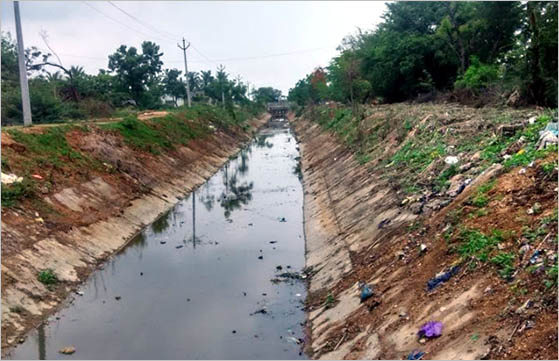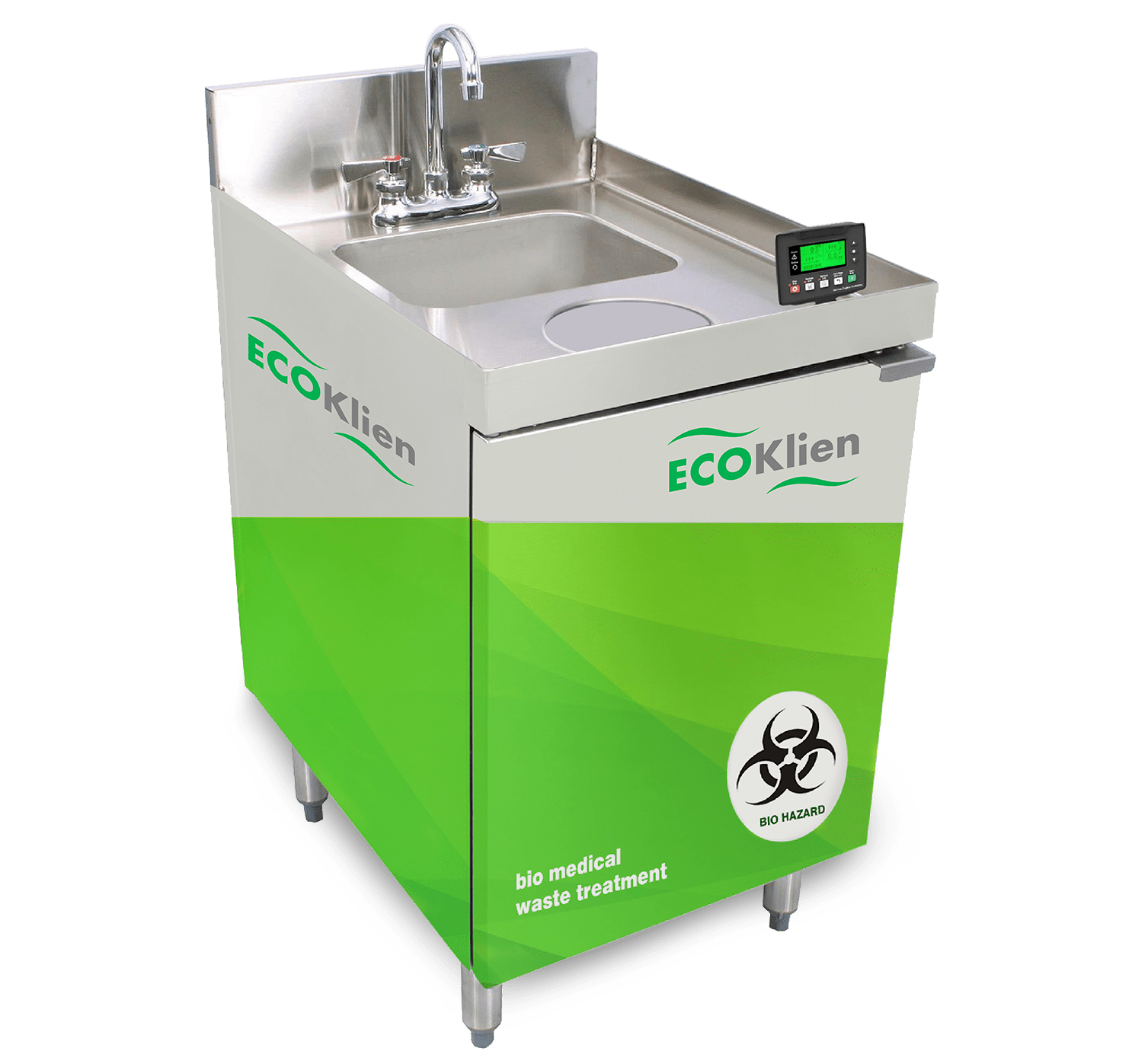Just How Fluid Waste Disposal Functions: A Detailed Summary of Techniques and Technologies Employed

Overview of Liquid Waste Types
The intricacy of fluid waste kinds requires a comprehensive understanding of their features and implications for disposal. Fluid waste can generally be classified right into several types, including commercial, metropolitan, farming, and contaminated materials. Each category displays distinctive residential or commercial properties, needing particular administration strategies to mitigate ecological and health and wellness risks.
Industrial liquid waste stems from making processes and commonly includes a range of contaminants, such as hefty metals, solvents, and natural substances. Local liquid waste, primarily consisting of wastewater from families and industrial establishments, has raw material, nutrients, and pathogens (industrial wastewater treatment). Agricultural liquid waste, consisting of overflow from farms, might have fertilizers, pesticides, and pet waste, positioning threats to water top quality and environments
Hazardous fluid waste is characterized by its toxicity, reactivity, or possible to cause injury. Recognizing these diverse liquid waste types is critical for creating efficient disposal approaches and guaranteeing compliance with environmental guidelines.
Physical Therapy Approaches

Testing is the preliminary action, where bigger bits and debris are eliminated from the liquid waste utilizing screens or grates. This process protects downstream equipment from damage and ensures smoother operation. Following screening, sedimentation utilizes gravitational pressure to different solids from liquids. In sedimentation tanks, larger fragments resolve near the bottom, creating a sludge layer, while the made clear liquid can be further treated.
Filtration is another essential approach that entails passing the fluid with porous materials, such as sand or membranes, to capture smaller sized particles. This action improves the high quality of the liquid, making it suitable for succeeding treatment processes.

Chemical Therapy Methods
Chemical therapy techniques are essential for effectively taking care of liquid waste, specifically in attending to liquified and colloidal pollutants that physical approaches may not effectively remove. These methods make use of various chemical representatives to counteract, precipitate, or transform unsafe substances into much less harmful types.
One usual method is coagulation and flocculation, where chemicals such as alum or ferric chloride are contributed to advertise the aggregation of suspended bits. This procedure enhances sedimentation, permitting less complicated elimination of the resulting sludge. Additionally, oxidation processes, using representatives like chlorine or ozone, are employed to break down complicated natural substances and virus, rendering the waste much safer for discharge or more therapy.
Neutralization is another vital strategy, which readjusts the pH of acidic or alkaline waste streams to neutral degrees, preventing prospective damage to downstream systems and the setting. In addition, progressed oxidation procedures (AOPs) utilize combinations of oxidants and ultraviolet light to break down relentless toxins, achieving a higher level of therapy efficiency.
Biological Treatment Processes
Biological therapy processes play a critical duty in the monitoring of fluid waste by making use of microbes to decompose raw material and lower impurity degrees. These procedures can be extensively categorized into cardio and anaerobic treatments, each employing specific microbial communities to attain reliable waste deterioration.
Cardiovascular treatment involves the usage of oxygen to promote the malfunction of organic materials by visit their website bacteria. This procedure is generally carried out in triggered sludge systems, where aeration containers supply a favorable environment for microbial growth, bring about the oxidation of organic pollutants. The resultant biomass can be divided from treated effluent through sedimentation.
In comparison, anaerobic treatment occurs in the lack of oxygen, counting on various germs to break down raw material. This approach is especially advantageous for high-strength waste, as it creates biogas, a renewable resource resource, while reducing sludge manufacturing. Technologies such as anaerobic digesters are frequently used in industrial and municipal applications.
Both anaerobic and aerobic organic therapies not only minimize the environmental influence of liquid waste yet likewise promote resource recuperation, making them vital parts of sustainable waste monitoring techniques. Their efficiency, performance, and versatility sustain their widespread execution across different sectors.
Arising Technologies in Disposal
Cutting-edge approaches to fluid garbage disposal are quickly advancing, driven by improvements in modern technology and a boosting focus on sustainability. Among these emerging innovations, membrane click over here layer bioreactors (MBRs) have actually see here now gained traction for their ability to combine biological treatment with membrane filtration, leading to top notch effluent that can be recycled in numerous applications. MBRs make it possible for smaller sized impacts and extra reliable procedures contrasted to conventional systems.
One more encouraging advancement is using anaerobic food digestion integrated with nutrient recovery modern technologies, which not only deals with fluid waste however also produces biogas and recovers important nutrients like nitrogen and phosphorus. This twin benefit enhances resource performance and minimizes ecological impact.
Additionally, advanced oxidation processes (AOPs) are being adopted for the deterioration of complex organic pollutants. These methods make use of effective oxidants and catalysts to break down contaminants at the molecular level, supplying an extremely effective remedy for difficult waste streams.
Moreover, the assimilation of man-made knowledge and maker discovering in waste administration systems is maximizing operational efficiency and anticipating upkeep, resulting in reduced prices and improved ecological compliance. These technologies reflect a substantial shift towards more sustainable and efficient fluid waste disposal methods.
Verdict
In conclusion, effective liquid garbage disposal demands a comprehensive understanding of various strategies and innovations. The integration of physical, chemical, and biological therapy techniques guarantees the effective administration of diverse waste kinds. Moreover, the development of cutting-edge modern technologies enhances treatment effectiveness and promotes sustainability in waste monitoring techniques. By continually advancing these approaches, it becomes feasible to resolve the growing challenges associated with fluid waste, eventually adding to environmental management and source recovery.
Liquid waste disposal is a vital aspect of environmental management, needing a comprehensive understanding of different techniques and modern technologies tailored to different waste kinds. Liquid waste can generally be categorized right into numerous kinds, including commercial, local, farming, and hazardous waste. Agricultural fluid waste, consisting of overflow from farms, may consist of plant foods, chemicals, and pet waste, posturing risks to water top quality and environments.
Various physical therapy approaches play a crucial duty in taking care of liquid waste successfully - industrial wastewater treatment.In verdict, effective liquid waste disposal requires a thorough understanding of numerous methods and modern technologies